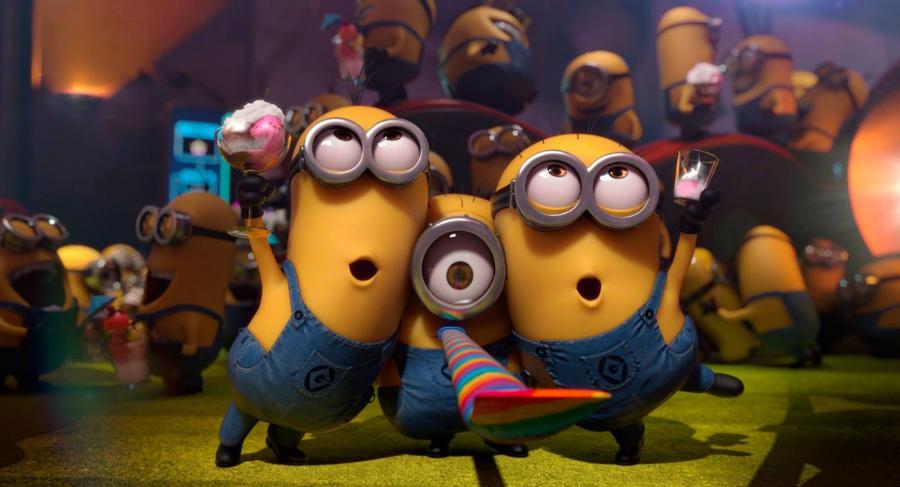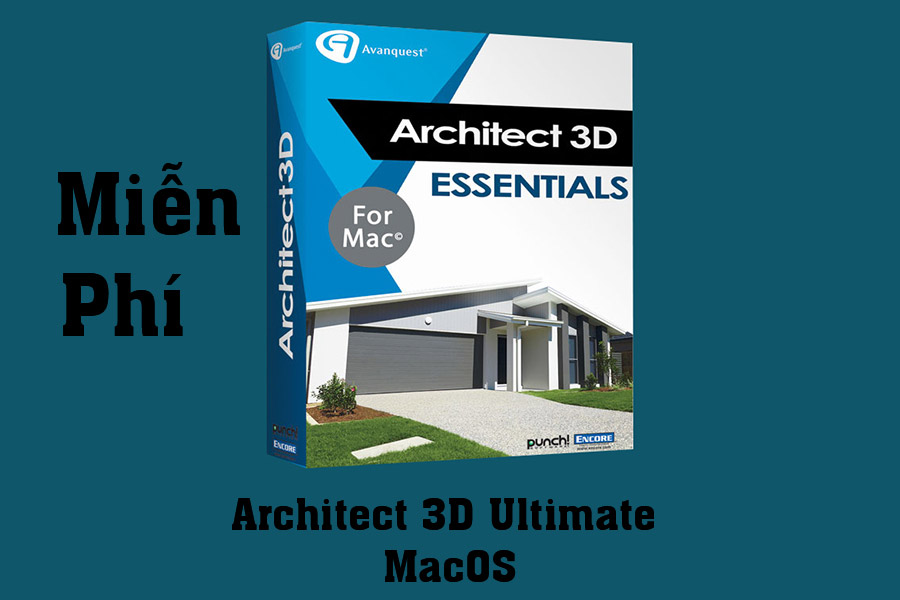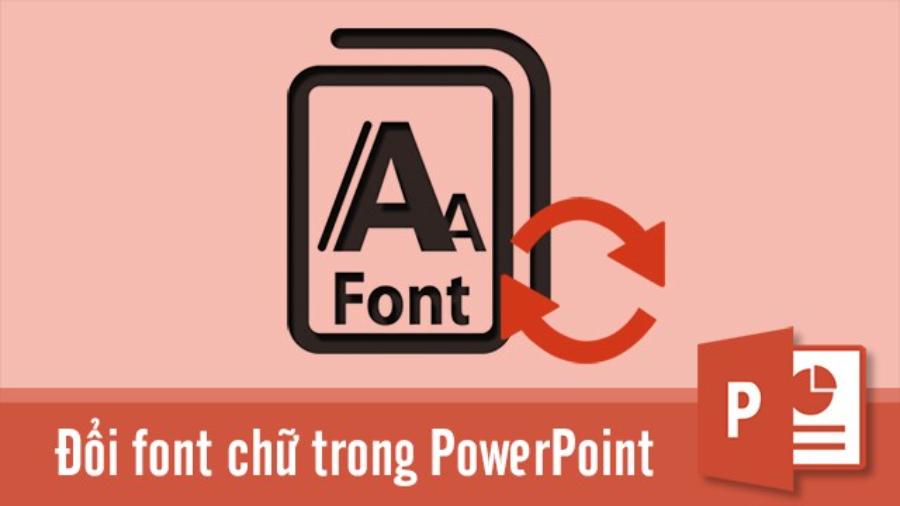Best Selling Products
What is Animation? The Simplest Way to Create Animation
Nội dung
- 1. What is Animation?
- 2. Popular types of animation
- 2.1. Animation 2D
- 2.2. Animation 3D
- 2.3. Stop Motion
- 2.4. Motion Graphics
- 2.5. CGI (Computer-Generated Imagery)
- 3. Why is Animation important?
- 3.1. Increase interaction and attract viewers
- 3.2. Ability to convey messages effectively
- 3.3. Stimulate creativity and innovation
- 3.4 Easy to customize and change
- 3.5. Easy access and distribution
- 3.6. Applications in education and training
- 4. The simplest way to create animation
- 4.1. Choose animation software
- 4.2. Come up with ideas for animation
- 4.3. Create storyboard for animation
- 4.4. Designing characters and backgrounds
- 4.5. Add motion and effects
- 4.6. Add sound
- 4.7. Export video and share
- 5. Conclusion
Learn what Animation is and the simplest methods of creating animation to help you start creating engaging content. Discover the process and useful tools right in this article.

1. What is Animation?
Animation is the process of creating moving images by moving still images frame by frame. It can be done using a variety of methods, including hand-drawn, computer software, or a combination of other technologies such as CGI (Computer-Generated Imagery). With animation,
images, characters, and settings are created to move, creating a sense of life and appeal.
.jpg)
The animation process starts with designing and creating still images, then arranging them in a certain sequence to create a moving effect. Animation can be applied in many fields, from movies, video games, advertising, to interactive media products.
Animation has become a powerful tool for communicating messages, building stories, and creating unique experiences. While static images can convey information quickly and clearly, animation offers endless possibilities for expressing movement, emotion, and creativity. That is why animation has become an important part of every creative field.
2. Popular types of animation
In the world of animation, there are many different types, each with its own characteristics and applications. Here are some of the most popular types of animation today:
2.1. Animation 2D
2D animation is a traditional form of animation where images are created in a two-dimensional space. These images can be hand-drawn or created using computer software. In 2D animation, characters and backgrounds usually move in one or two dimensions, creating a dynamic effect without using three-dimensional elements. Animated films such as "Tom and Jerry" and "Mickey Mouse" are typical examples of 2D animation.
2.2. Animation 3D
3D animation uses three-dimensional models to create animations. Each model in 3D can be rotated, resized, and has vivid lighting and shadow effects. 3D animation is often used in modern movies such as "Toy Story", "Frozen", or video games. 3D technology has brought a big step forward compared to 2D, helping to create images with more depth and detail.
2.3. Stop Motion
Stop motion is a special animation technique in which still objects are moved slightly in each frame. After photographing each frame, the animator combines them to create movement. This method was used in classic animated films such as "Wallace & Gromit" and "Coraline." Although this technique is more time-consuming and labor-intensive, it creates a very unique style that feels handmade and intimate.
2.4. Motion Graphics
Motion graphics is a type of animation that focuses on creating moving effects for graphic elements. Unlike other types of animation, motion graphics usually do not have characters or stories, but instead use graphic elements such as text, charts, and images to convey messages. Motion graphics are often used in promotional videos, product introductions, and explainer videos. They are an important part of modern marketing and communication.
2.5. CGI (Computer-Generated Imagery)
CGI is a technology that uses computers to create images, movements, and 3D scenes. CGI is a major element in many famous movies, from epic battle scenes to mystical creatures. CGI is not only used in movies but is also very popular in video games, advertisements, and other media products.
3. Why is Animation important?
(1).jpg)
Animation has become an important tool in many different fields. Here are some reasons why animation is so important:
3.1. Increase interaction and attract viewers
In today’s information age, consumers are exposed to a plethora of content every day. To stand out from the crowd, brands and creators need to use creative and engaging media. Animation helps create products that are vibrant, accessible, and memorable. With eye-catching colors, smooth motion, and the ability to create impressive images, animation can captivate viewers at first sight.
3.2. Ability to convey messages effectively
Animation can convey messages easily and visually. Especially in advertising, animation helps simplify complex ideas and makes it easier for viewers to understand and remember the message. Companies and organizations use animation to explain their products or services clearly and vividly. This not only helps consumers understand the product better but also creates an emotional connection with them.
3.3. Stimulate creativity and innovation
Animation is a powerful tool for expressing creative ideas. Artists can freely imagine and create unique characters, settings, and worlds without being limited by the rules of physics or real space. Therefore, animation opens up countless opportunities for creative art projects, video games, movies, and advertising.
3.4 Easy to customize and change
One of the outstanding advantages of animation is the ability to change and adjust easily. Elements in animation can be modified and updated quickly without having to redo the entire product. This saves time and costs, while ensuring flexibility in the creative process.
3.5. Easy access and distribution
With the development of technology, animation can be distributed through many different platforms such as television, internet, social networks and mobile devices. This makes animation products easily accessible to a wide and diverse audience, from children to adults, from movie lovers to content creators.
3.6. Applications in education and training
Animation also plays an important role in education and training. Learning videos that use animation help convey information in a vivid and easy-to-understand way. Thanks to animation, complex concepts can be explained more easily, helping students absorb knowledge more effectively.
4. The simplest way to create animation
There are many tools and software that help you create impressive animations without any programming or complex drawing skills. Here are simple steps to create animations easily:
4.1. Choose animation software
To start creating animations, you need to choose the right software. There are many easy-to-use animation software options available today, ranging from online tools to professional software. Here are some popular options:
Toon Boom : Is a professional software for 2D animation. Toon Boom is used in large projects and is highly flexible.
Adobe Animate : This is a popular software for creating 2D animations with powerful tools that help you create animations easily.
Blender : For 3D animation, Blender is a free and open source software, widely used in the 3D design and animation industry.
Canva : For beginners, Canva offers simple tools to create short animations for social media posts or ads.
Animaker : Online animation software that allows you to create animation videos easily and quickly without any professional skills.
4.2. Come up with ideas for animation
.jpg)
Every animation starts with an idea. Be clear about the purpose of the animation, the audience you want to reach, and the message you want to convey. You can start by sketching out the characters, setting, and key moving elements in the story.
4.3. Create storyboard for animation
Storyboarding is a sketch of the scenes in your animation. Creating a storyboard gives you a clear picture of how the scenes will flow and interact with each other. This is an important step in planning your animation, saving you time and ensuring everything goes smoothly.
4.4. Designing characters and backgrounds
Once your storyboard is complete, the next step is to design the characters and background. You can use graphic design software to create these objects or download ready-made templates from your animation software's library.
4.5. Add motion and effects
Once you have all the basic elements in place, you can start adding movement to your objects. In animation software, you can adjust the timing of each frame, use motion and lighting effects to make your animation more dynamic.
4.6. Add sound
Sound is an essential element in animation. You can add background music, ambient sounds, or special sounds for actions in the animation. This will add appeal and help viewers connect with the content.
4.7. Export video and share
Once you've completed all the steps, you can export your animation as a video and share it on social media platforms, websites, or use it in marketing campaigns.
5. Conclusion
The article has mentioned many concepts and simple steps to create animation. With the development of technology, creating an animation is no longer difficult. Just choose the right software, plan carefully and implement step by step, you can completely create unique animation works. Let's join Sadesign to create and explore the potential of animation in work and life!












































